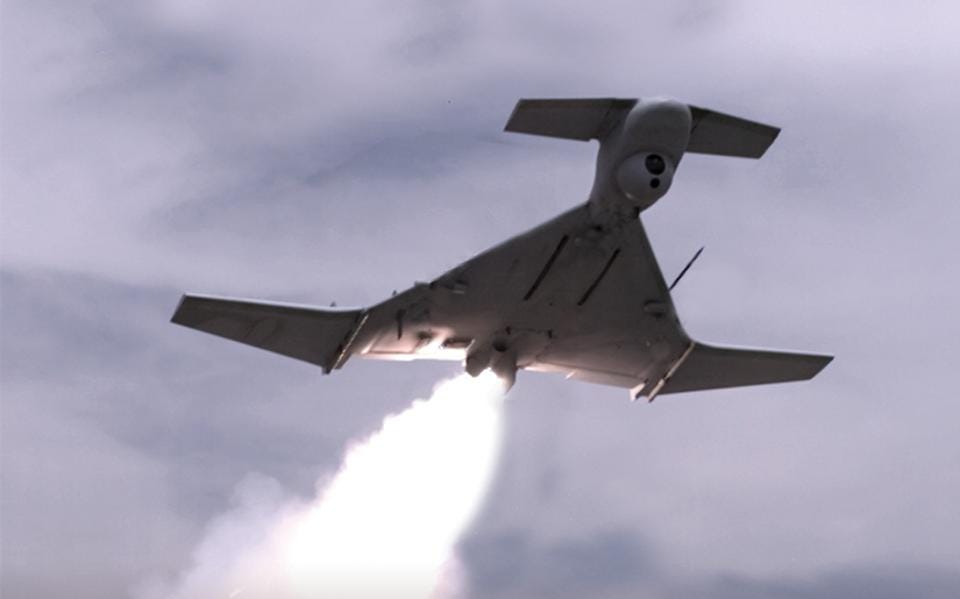Welcome to the Drone Zone
Armed drones are smaller, cheaper, and easier to use than ever. Smaller states and non-state actors are taking note.

Drones have come a long way in the past few decades. Once reserved for target practice, armed drones are now standard equipment in 39 nations as well as some non-state groups.
The US hardly has a monopoly on drone strikes anymore. Iran used sophisticated military drones to target an Aramco facility in September of last year, while assassins used a pair of explosive quadcopters in a bizarre plot to kill Venezuelan President Nicolas Maduro in 2018. Most recently, specialized loitering munitions — often referred to as “kamikaze drones” have been used by Azerbaijan to destroy Armenian armored vehicles in the latest round of fighting in Nagorno-Karabakh.
Drones are an attractive option for small nations because they’re cheap, require little training, and most importantly, they’re hard to detect and hit.
Defenders at least have some hope. There’s been a cottage industry of counter-UAS [Unmanned Aerial System] technology in recent years, with solutions running the gamut from rapid-fire cannons and aerial nets to jammers and trained raptors. The Israelis have even used Patriot missiles to intercept drones.
(That cure might be worse than the disease — the average Patriot missile costs over a million dollar whereas some drones may cost a few hundred each.)
What I’m Drinking
After finishing the Virtual Army Ten Miler this year, I rehydrated with a delicious Fantastic Damage from nearby Bluejacket Brewery in the Washington Naval Yard.
Cheers!



